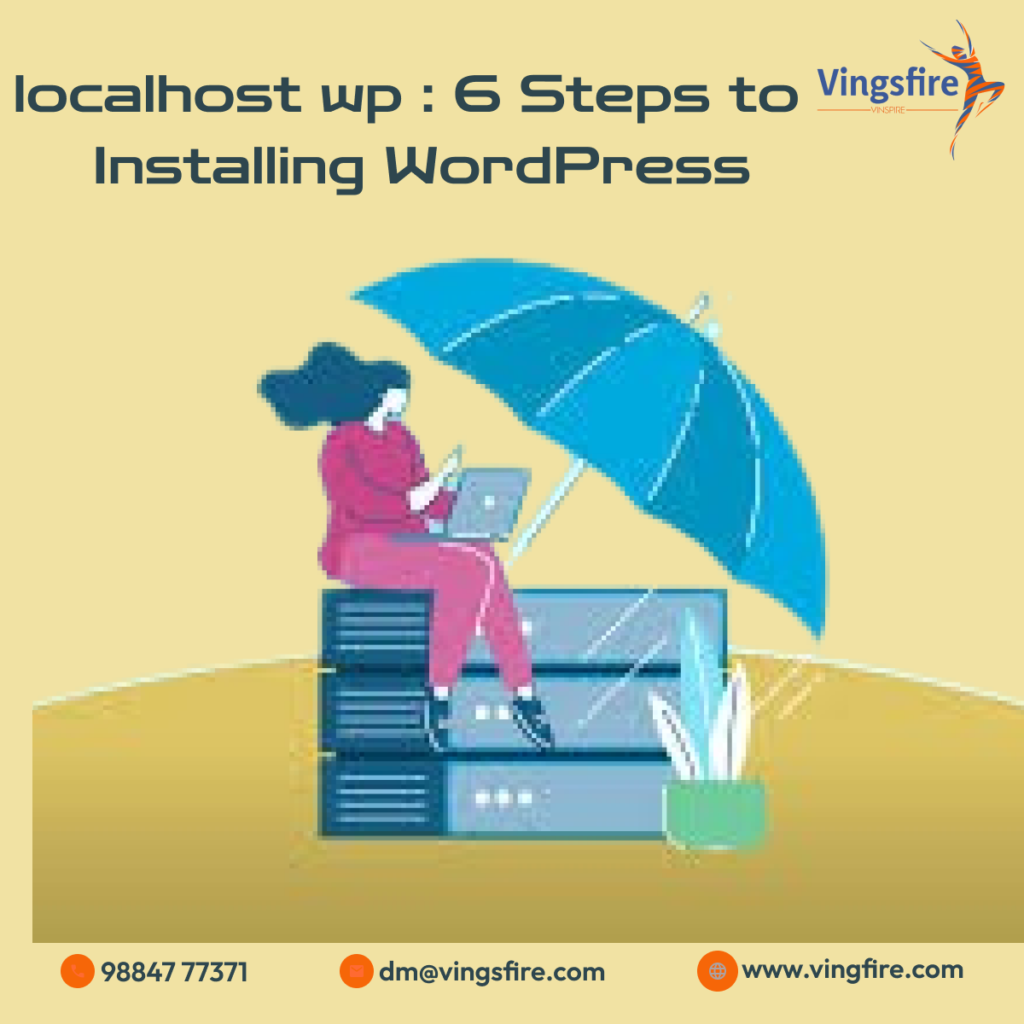
Embarking on the journey of creating a WordPress website often involves testing and tweaking before going live. One effective way to do this is by setting up a local environment, commonly referred to as “localhost.” In this guide, we’ll walk you through the process of installing WordPress on your localhost, allowing you to experiment and perfect your website before sharing it with the world. Let’s dive into the six essential steps for a seamless localhost WordPress installation.
Setting Up a Local Server Environment
Before installing WordPress on your local machine, you need to create a local server environment. Popular solutions for this include XAMPP, WampServer, and MAMP, depending on your operating system (Windows, macOS, or Linux). Download and install the chosen server software, ensuring that the server is running before moving on to the next steps.
Downloading WordPress
Visit the official WordPress website (wordpress.org) and download the latest version of WordPress. Once downloaded, extract the files to a designated folder on your computer. This folder will serve as the root directory for your localhost WordPress installation.
Creating a Database
WordPress relies on a database to store your website’s content, settings, and configurations. Using your local server’s control panel, create a new database for your WordPress installation. Take note of the database name, username, and password, as you’ll need these details during the WordPress installation process.
Configuring wp-config.php
Navigate to the folder where you extracted the WordPress files and locate the wp-config-sample.php file. Rename this file to wp-config.php. Open the wp-config.php file in a text editor and input the database details you created in the previous step. Save the changes.
Running the WordPress Installation Script
With the server running and the database configured, it’s time to run the WordPress installation script. Open your web browser and type “localhost wp/your-folder-name” in the address bar, replacing “your-folder-name” with the name of the folder where you extracted the WordPress files. This will initiate the WordPress installation process.Follow the on-screen instructions, providing the necessary information such as site title, username, password, and email address. Once completed, click the “Install WordPress” button.
Accessing Your Localhost WordPress Site
Congratulations! You’ve successfully installed WordPress on your localhost wp. To access your newly created site, type “localhost/your-folder-name” in your browser’s address bar. You should see your WordPress site up and running. Log in using the credentials you provided during the installation process, and you’re ready to start customizing and experimenting with your website in a secure, local environment.
Benefits of Using Localhost WordPress
- Offline Development: Work on your website without the need for an internet connection, ensuring a seamless development experience.
- Faster Testing: Localhost installations are typically faster than live websites, allowing for quicker testing and debugging.
- Safe Experimentation: Test themes, plugins, and customizations without affecting your live site. Local environments provide a safe space for experimentation.
- Client Demonstrations: Showcase website progress to clients without the need for an online presence, allowing for real-time feedback and adjustments.
Conclusion
Setting up WordPress on your localhost wp is a valuable skill for any web developer or designer. It provides a secure and efficient environment for experimenting with themes, plugins, and configurations before deploying your site live. By following these six steps, you can confidently install WordPress on your local machine, unlocking a world of possibilities for website development and customization. Enjoy the creative process in your safe and controlled localhost environment!
